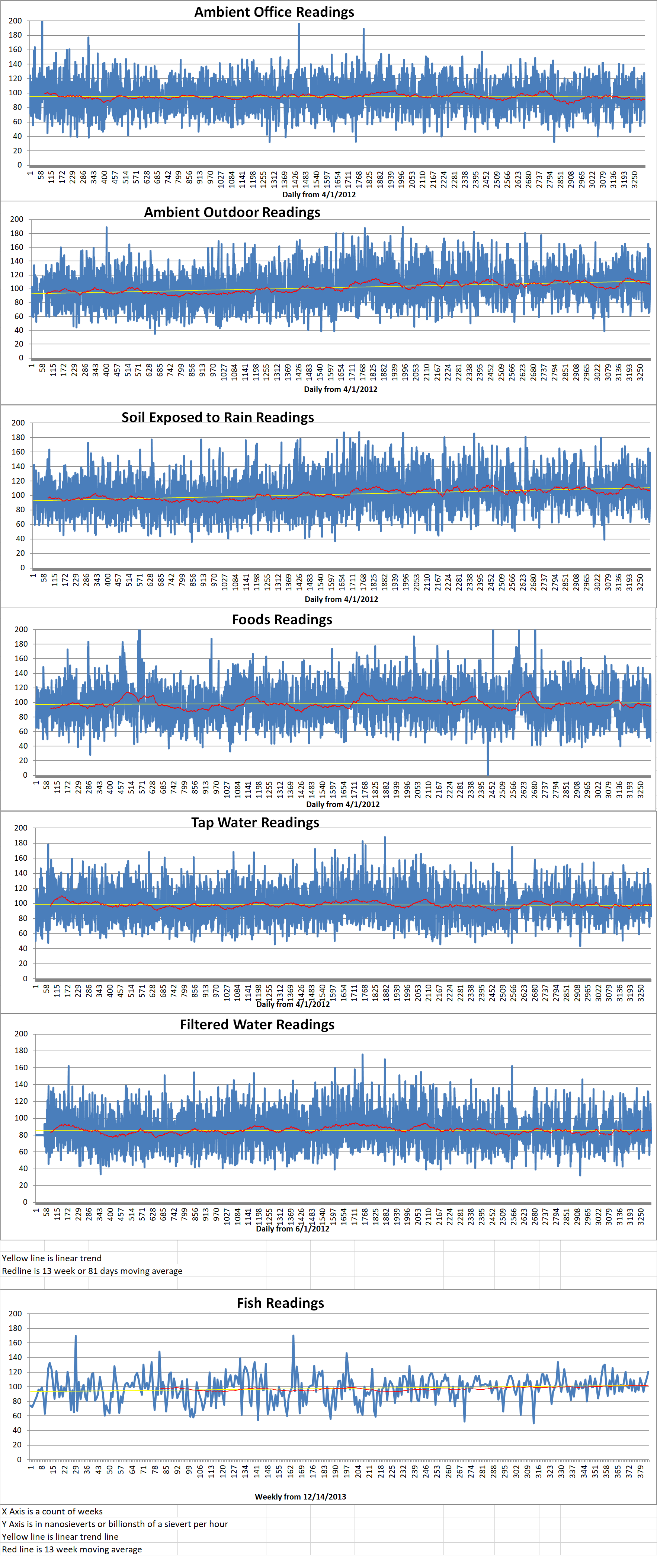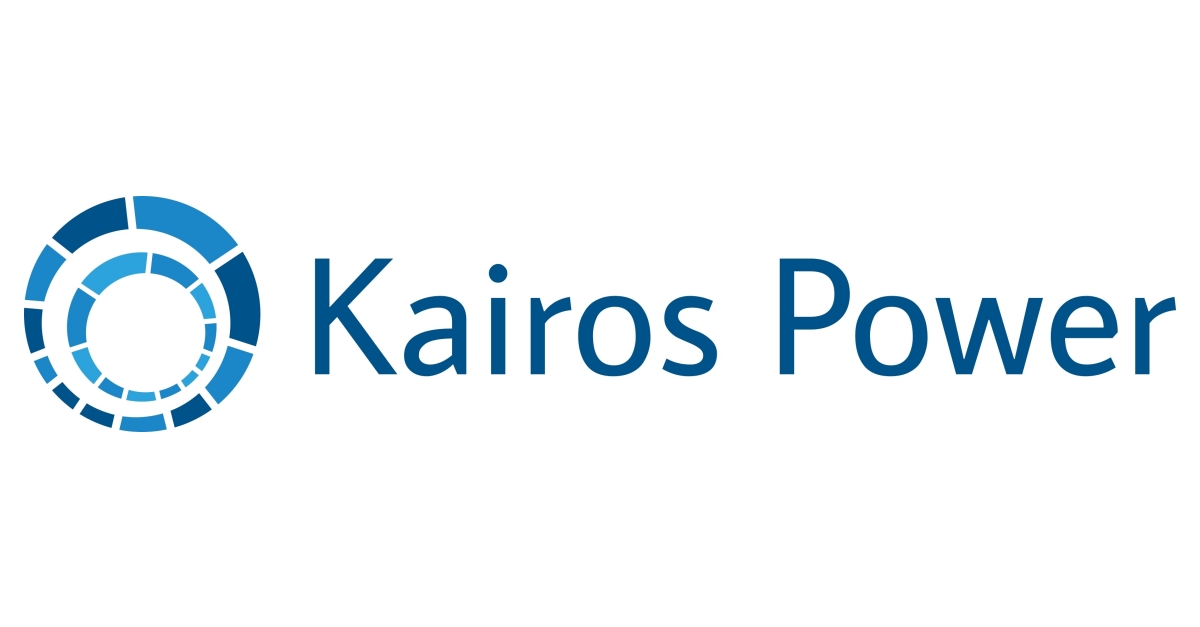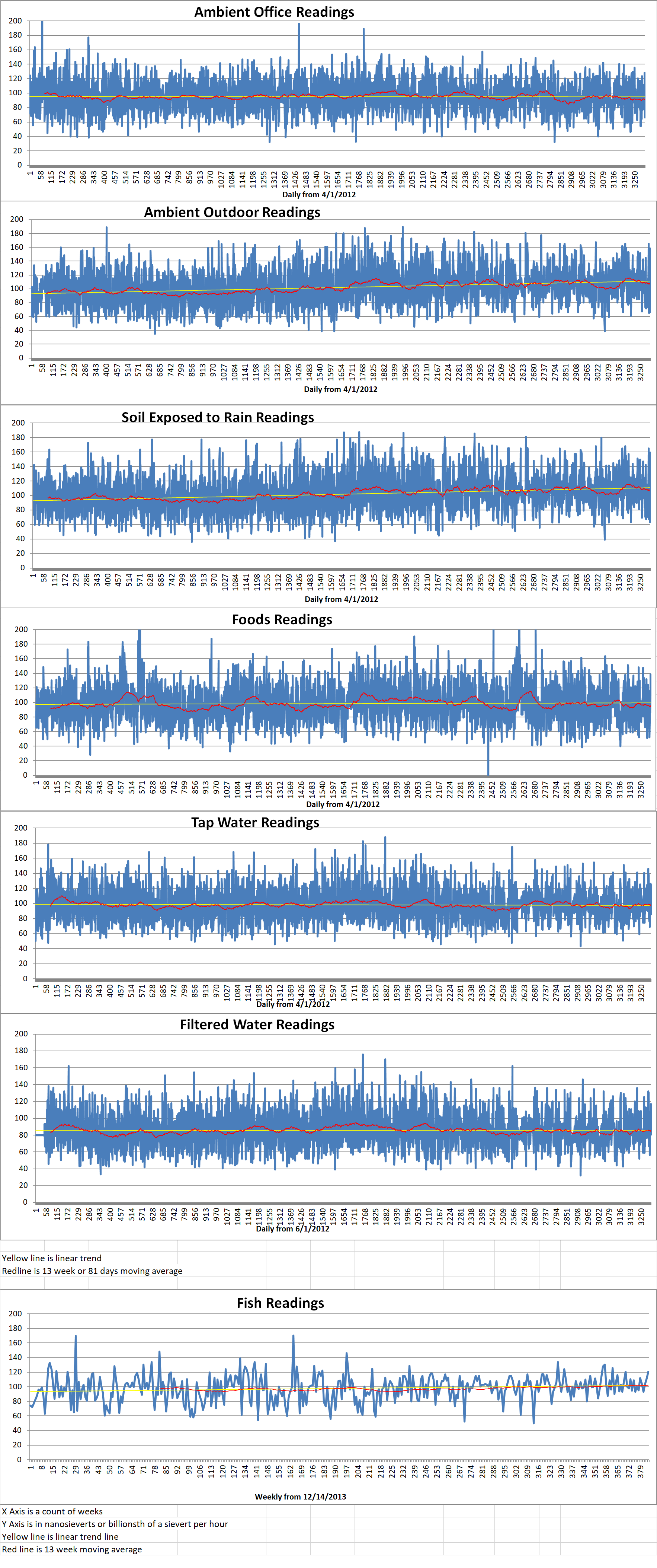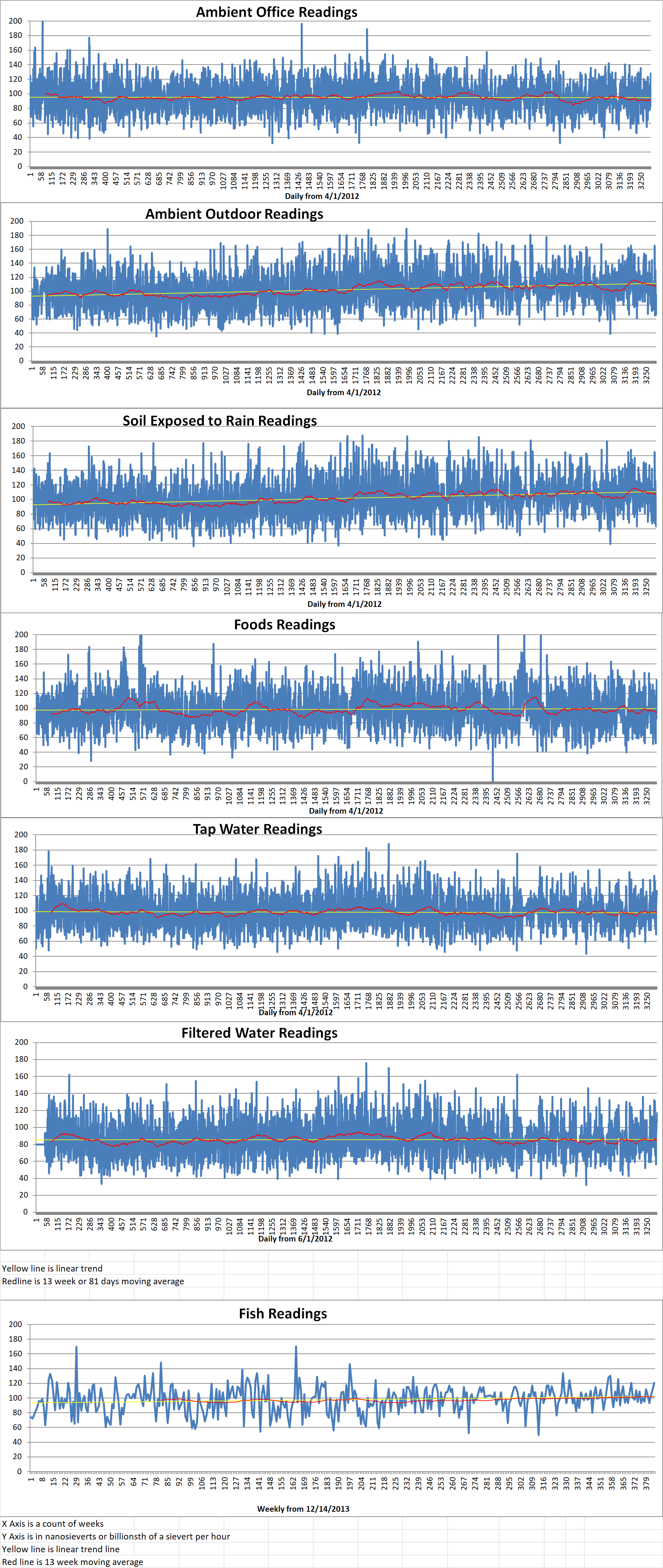Kairos Power is going to construct a low-power demonstration reactor at the East Tennessee Technology Park (ETTP) in Oak Ridge, Tennessee. Kairos will invest one hundred million dollars in a project to showcase its ability to delivery low-cost nuclear heat. The Hermes reactor is a scaled-up version of the Kairos Fluoride Salt-Cooled Hight Temperature Reactor (KP-FHR). This advanced reactor technology aims to be cost competitive with cheap natural gas in the U.S. electricity generation marketplace. The Hermes demonstration reactor is supposed to go operational in 2026.
The Hermes reactor is a one hundred- and forty-megawatt fluoride salt-cooled high temperature reactor which burns TRI-structural ISOtropic (TRISO) fuel pebbles with a low-pressure fluoride salt coolant. It has been selected by the DoE to receive six hundred and seventy-nine million dollars in cost-shared risk reduction funding over seven years under the Advanced Reactor Demonstration Program. The DoE share is three hundred million dollars.
The Kairos Hermes reactor will advance Kairos’ iterative development process from prototyping to commercial scale by demonstrating complete nuclear systems. It will advance Kairos’ manufacturing abilities for critical components. It will also test the supply chain and facilitate licensing certainty for the KP-FHR. The project at Oak Ridge calls for the redevelopment of a site at the Heritage Center which is a former U.S. Department of Energy (DoE) site complex.
Kairos received three hundred million dollars of funding from the DoE and Office of Nuclear energy’s program for risk reduction projects to design, license and construct the Hermes reactor. The Hermes demonstration reactor is intended to lead to the development of the Kairos KP-X which is a commercial-scale KP-FHR.
In the last five years, the Tennessee Department of Economic and Community Development (TDECD) has supported almost seventy economic development projects in East Tennessee. This accounts for nine thousand job commitments and two and a half billion dollars of investment capital.
Bill Lee is the governor of Tennessee. He said, “Oak Ridge continues to lead the nation in groundbreaking technology, and we recognize Kairos Power for joining this effort. I’m proud of the energy development happening in Tennessee that will positively impact the US and the world. We thank Kairos Power for choosing to develop their test reactor here in Tennessee to support their mission of developing innovative nuclear technology that will move the US forward.”
Bob Rolfe is a THECD Commissioner. He said, “The Oak Ridge Corridor is at the forefront of science and technology in the US and this partnership with Kairos Power is a huge accomplishment for Tennessee and the nuclear energy world.”
Mike Laufer is a co-founder and CEO of Kairos Power. He added, “The opportunity to demonstrate Kairos Power’s advanced nuclear technology in Tennessee is a major milestone on the path to a clean and affordable energy system in the United States. We are grateful for the support from our partners at the Oak Ridge National Laboratory, Tennessee Valley Authority (TVA), City of Oak Ridge, the East Tennessee Economic Council, Oak Ridge Industrial Development Board and the Tennessee Department of Economic and Community Development and we look forward to continued growth and engagement in Tennessee.”
In May, the Tennessee Valley Authority announced that it will provide engineering, operations and licensing support to assist Kairos in the deployment of its Hermes reactor at ETTP under a collaboration agreement between the two companies. Jeff Lyash is the CEO and TVA President. In today’s announcement, he said, “Partnering with Kairos Power to develop advanced nuclear solutions creates a competitive advantage for our region and state in attracting innovative industries, jobs and investments.”
Hermes is a demonstration version of the Kairos KP-FHR.






